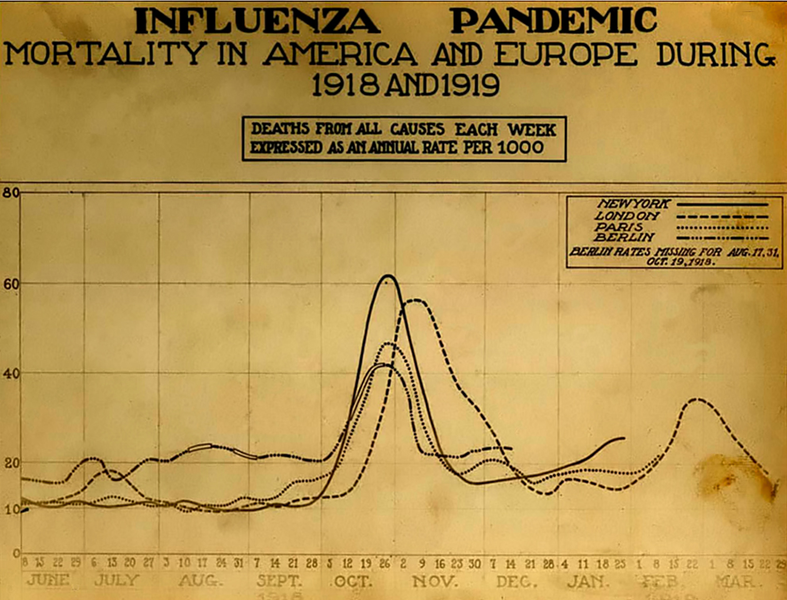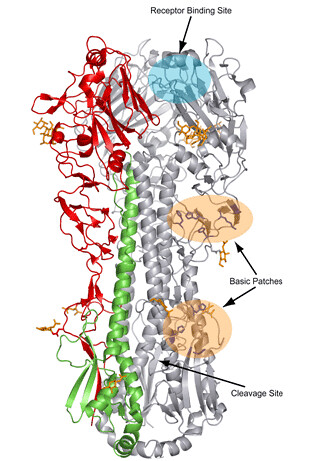
NYTimes | “Containment is no longer a feasible option,” Dr. Keiji Fukuda, deputy director general of the World Health Organization, announced Monday night in Geneva after a meeting of the agency’s emergency committee on the spreading swine flu virus. “The world should focus on mitigation. We recommend not closing borders or restricting travel.”
Many countries are still ignoring that advice. The globe is a confusing welter of bans, advisories and alerts on some pork and some people.
On Wednesday, Homeland Security Secretary Janet Napolitano was heavily pressed in Congressional hearings to ignore the advice and close the border with Mexico. She defended her decision not to do so, saying it “would be a very, very heavy cost for what epidemiologists tell us would be marginal benefit.”
President Obama defended it too, telling a reporter that it would be “akin to closing the barn door after the horse is out.”
Experts on the global movement of flu say Dr. Fukuda, Ms. Napolitano and Mr. Obama are right. The world, they say, must bow to the inevitable: closing borders would not only fail to stop the virus, but would also cause economic collapse and possibly add to the death rate.
“But it’s wrong to think we’re throwing up our hands and saying ‘Let ’er rip and let’s hope for the best,’ ” said Dr. Martin S. Cetron, director of global migration and quarantine for the Centers for Disease Control and Prevention in Atlanta. “This has all been in the national pandemic flu plan since 2007.”
Closing borders is dangerous because many goods needed in a pandemic are made abroad, said Dr. Michael T. Osterholm, director of the Center for Infectious Disease Research and Policy at the University of Minnesota, including most masks, gowns and gloves, electrical circuits for ventilators and communications gear, and pharmaceutical drugs and the raw materials to make them. (For example, most suppliers of shikimic acid, the base ingredient in the antiviral drug Tamiflu, are in China.)
“You cut those off and you cripple the health care system,” he said. “Our global just-in-time economy means we are dependent on others.” Much of our food is from overseas. “A Kellogg’s Nutri-Grain bar has ingredients from nine countries in it,” he noted.
The fallback position, experts said, is mitigation, the use of “nonpharmaceutical measures.” They include personal ones like washing hands and wearing a mask, occupational ones like working from home or arranging care for children who are sick or whose schools close, neighborhood-level ones like closing theaters, museums or restaurants, and metropolitan-wide ones like shutting a school system or canceling a major league ballgame.































